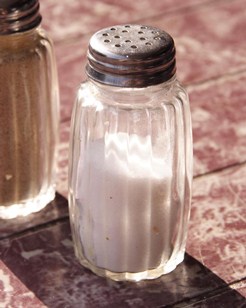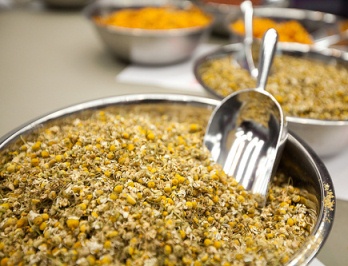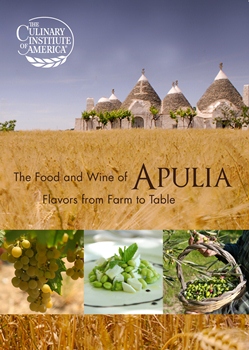We All Scream for Ice Cream
 Technomic finds customization, complexity and portions driving frozen-dessert restaurant purchases.
Technomic finds customization, complexity and portions driving frozen-dessert restaurant purchases.
A love affair with ice cream is perhaps just as American as that most iconic of desserts, apple pie—or even more so given the frequency with which we indulge in the creamy treat. More than half of consumers in a recent survey by trend-tracker Technomic said they eat vanilla ice cream at least once a month, and 46% said the same of chocolate.
While vanilla and chocolate dominate the ice -cream category, there are a multitude of milkshakes, sundaes, frozen yogurts, sorbets, gelatos and even tofu-based non-dairy dessert flavors that each has a special place in the hearts of consumers.
According to Mary Chapman, director at Technomic, there are several key factors when it comes to frozen desserts on restaurant menus. “Complexity, customization and portions are all very important. Operators need to differentiate their items from those offered by retailers, and they need to make the offerings available in various sizes to attract diners who are concerned with health, value, or who are simply too full to eat a large dessert.”

 Healthier breakfast items are the order of the day as breakfast sales at restaurants rebound.
Healthier breakfast items are the order of the day as breakfast sales at restaurants rebound. Older Americans consume less sodium than Millennials, but all generations consume more than recommended, particularly according to the new USDA guidelines.
Older Americans consume less sodium than Millennials, but all generations consume more than recommended, particularly according to the new USDA guidelines. An interview with Jackie Lau, corporate chef of Roy’s Restaurant Group.
An interview with Jackie Lau, corporate chef of Roy’s Restaurant Group. A variety of review techniques can help students excel.
A variety of review techniques can help students excel. More diners demand that their tea service show an understanding of style and quality. Good news is that programs are now available for training and credentialing.
More diners demand that their tea service show an understanding of style and quality. Good news is that programs are now available for training and credentialing. The CIA launches a free online learning module on the food and wine of one of Italy’s undiscovered food frontiers.
The CIA launches a free online learning module on the food and wine of one of Italy’s undiscovered food frontiers. Kendall College and NRA Conserve are founding sponsors of the International Foodservice Sustainability Symposium.
Kendall College and NRA Conserve are founding sponsors of the International Foodservice Sustainability Symposium.